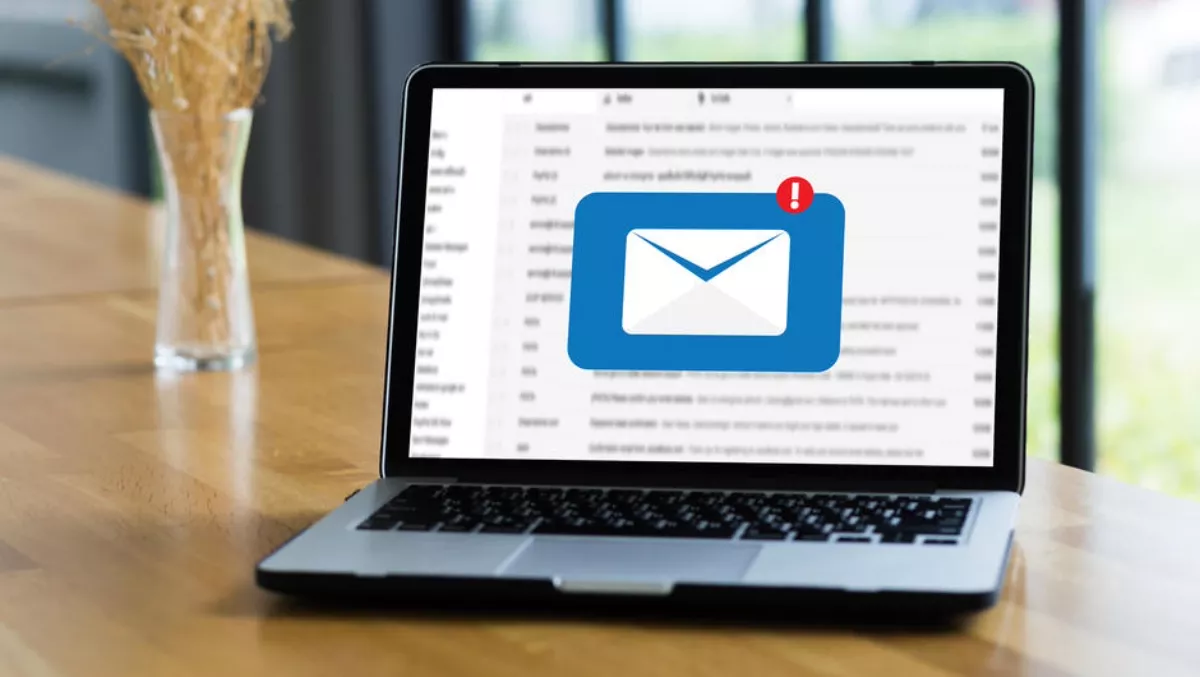
New email spam campaign ditches traditional Office macro infection tactic
Researchers at Trustwave's SpiderLabs Blog have spotted a wave of spam emails that use Microsoft Office documents to download password stealers without having to activate Macros.
Often malware will hide in infected Microsoft Office documents commonly attached to spam emails. That malware will be disguised as a downloader that is launched if a victim allows Macros in a malicious document.
This is a common sight in spam delivered from the Necurs botnet, however a new sample has ditched the macro approach entirely and instead uses a Microsoft Office vulnerability to steal details from victims.
Researchers have been tracking an email spam campaign that uses a four-stage infection process to deliver attachments and then a password stealer.
That password stealer can also steal credentials from email clients, FTP and browser clients.
According to researchers, the spam campaign uses a number of different subject lines, often variations of the following:
- TNT STATEMENT OF ACCOUNT – {random numbers}.
- Request for Quotation (RFQ) - <{random numbers}>
- Telex Transfer Notification
- SWIFT COPY FOR BALANCE PAYMENT
Researchers explain:
"Word documents with Office 2007 Open XML Formats are based on XML and ZIP archive technologies. Anyone can easily manipulate data in a Word 2007 file programmatically or manually. As shown below, the DOCX attachment contains an embedded OLE object that has external references. This 'feature' allows external access to remote OLE objects to be referenced in the document.xml.rels.
If a victim opens the document, it triggers the download and execution of a remote document file in the form of a rich text file (RTF).
The RFT exploits the MS Equation Editor Tool and in turn downloads a MSHTA command line that leads to a remote HTA file. That HTA file eventually leads to VBScript with obfuscated code, and a PowerShell script that runs a remote binary file.
The binary file then executes the password stealer malware.
The entire process draws on a Microsoft Office vulnerability discovered in July 2017. The vulnerability, CVE-2017-11882, affects multiple Microsoft Office platforms including Microsoft Office 200 7 Service Pack 3, Microsoft Office 2010 Service Pack 2, Microsoft Office 2013 Service Pack 1, and Microsoft Office 2016.
Attackers can run arbitrary code by failing to properly handle objects in memory, also known as a Microsoft Office Memory Corruption vulnerability.
"It's pretty unusual to find so many stages and vectors being used to download malware," researchers comment.
"This approach can be very risky for the malware author. If any one stage fails, it will have a domino effect on the whole process. Another noticeable point is that the attack uses file types (DOCX, RTF and HTA), that are not often blocked by email or network gateways unlike the more obvious scripting languages like VBS, JScript or WSF.


